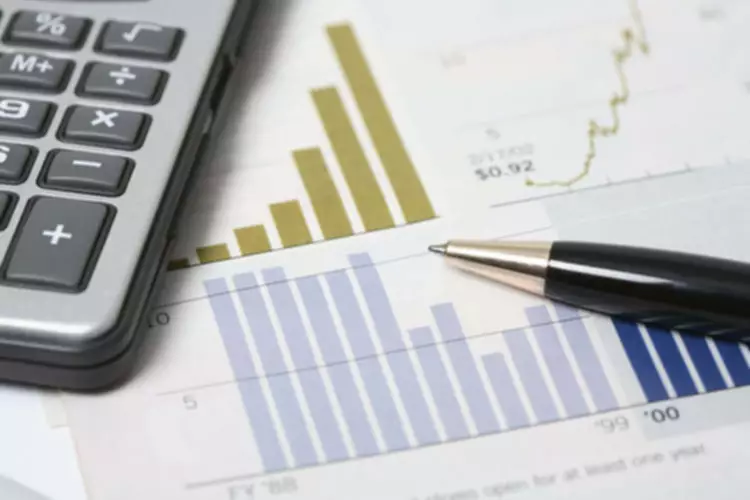Content

The price elasticity is the ratio of the percentage change in quantity to the percentage change in price. For example, if quantity decreases by 20 percent for a 25 percent increase in price, the price elasticity is -20 divided by 25, or -0.8. The price elasticity is always negative because of the downward slope of the typical demand curve. However, people generally refer to the absolute value of the price elasticity, which is 0.8 for this example. A price elasticity of less than 1.0 means that demand is not very sensitive to price, while an elasticity greater than 1.0 mean that demand is increasingly sensitive to price. The price elasticity is low for essential goods because people have to buy them even at higher prices. The price elasticity is high for non-essential and luxury goods because consumers may not buy them at higher prices.
The problem of dynamic pricing, promotion and replenishment for a deteriorating item subject to the supplier’s trade credit and retailer’s promotional effort were studied by Tsao and Sheen . Huang built up an integrated inventory model to decide the optimal policy on states of order processing cost reduction and permissible delay in payments. Both, the seller and the purchaser used information technologies to reduce the common costs. The order processing cost can be lessened by certain expenditures and influence lot-size decisions. At the same time, the presence of the credit period serves to reduce the cost of holding stock for the purchaser, since it decreases the measure of capital invested in stock for the term of the credit period.
Value-based pricing
Proper pricing can significantly impact sales, customer satisfaction, profits, and your business growth goals. Pricing strategies should simultaneously encourage product purchase, promote customer goodwill, and, ultimately, maximize profit.
- Set up a way to collect data to make sure the value you’re offering aligns with customers’ needs and pricing expectations.
- Given that these days it is very easy for a customer to compare prices thanks to online catalogs, specialized search tools or collaborative platforms, retailers must pay close attention to several parameters when setting prices.
- This was because the in-app experience could automatically validate their existing license, and handle the free upgrades automatically as well.
- Competera is a primarily B2C artificial intelligence-powered pricing platform that helps retailers enhance strategy and increase revenue.
- On the other hand, a price automation solution with Machine Learning implies training a model capable of automatically price items the way they would be priced by a human expert at scale.
- Optimizing yourpromotional pricescan help boost sales for newly introduced products and promotional bundles—for example, a SaaS company launching a new product, or bundling multiple products.
- The paper is supported by various numerical examples and the results are analyzed under different scenarios.
Products with a short life cycle, such as seasonal fashion or décor, hotel rooms, or airline tickets, often are subject to discounted prices. This is an open access article distributed under the Creative Commons Attribution License, which permits unrestricted use, distribution, and reproduction in any medium, provided the original work is properly optimal pricing strategy cited. Zeng, “Robust approximate optimality conditions for uncertain nonsmooth optimization with infinite number of constraints,” Mathematics, vol. Niederhoff, “Fairness in selling to the newsvendor,” Production and Operations Management, vol. Laksana, “Designing and pricing menus of extended warranty contracts,” Naval Research Logistics, vol.
Optimal pricing and marketing planning for deteriorating items
Their sticker price is $5, so you decide to price your product at $4.99 in hopes of attracting customers who are looking for a discounted price. Previous research demonstrated that prices do not vary across countries based https://quickbooks-payroll.org/ on macroeconomic variables. We present a framework comparing profits under differential pricing with homogenous pricing. The optimal price is a price point where the total profit from the sales is at the maximum level.

Variable costs are costs based on the number of products a business produces, for example, packaging, commodity or sending costs. In the following sub-sections, we separately evaluate and monitor the effects of changes in various parameters of the proposed power functions on the optimal values of decision variables. However, due to high degrees of nonlinearities of the model and interdependencies of some decision variables, it is not always possible to expect a certain behavior of the decision variables. Stay ahead of the curve and monitor your brand with minimal input using automation. Pricing solutions should tell you which features and parts of your brand are winning you customers versus your competitors, letting you monitor the amplification of your brand and ensure you’re setting competitive prices. How exactly do you differentiate your pricing for features and plans?
Examples of competitive pricing
For example, using a dynamic pricing strategy, retailers can dynamically alter the prices of their products in order to match their competitor’s price. This strategy would imply changing prices very frequently but not necessarily being this the best strategy possible. Price optimization techniques focus on finding the price that maximizes a defined cost function (e.g., the company’s margin), considering many different factors to suggest such price or price range for different scenarios. Depending on the particular use case, this can indeed be performed in a dynamic way, and thus combining dynamic pricing + optimization is the go-to option for many scenarios. One of the primary assumptions in most optimal pricing methods is that the production cost is a non-increasing function of lot-size.

